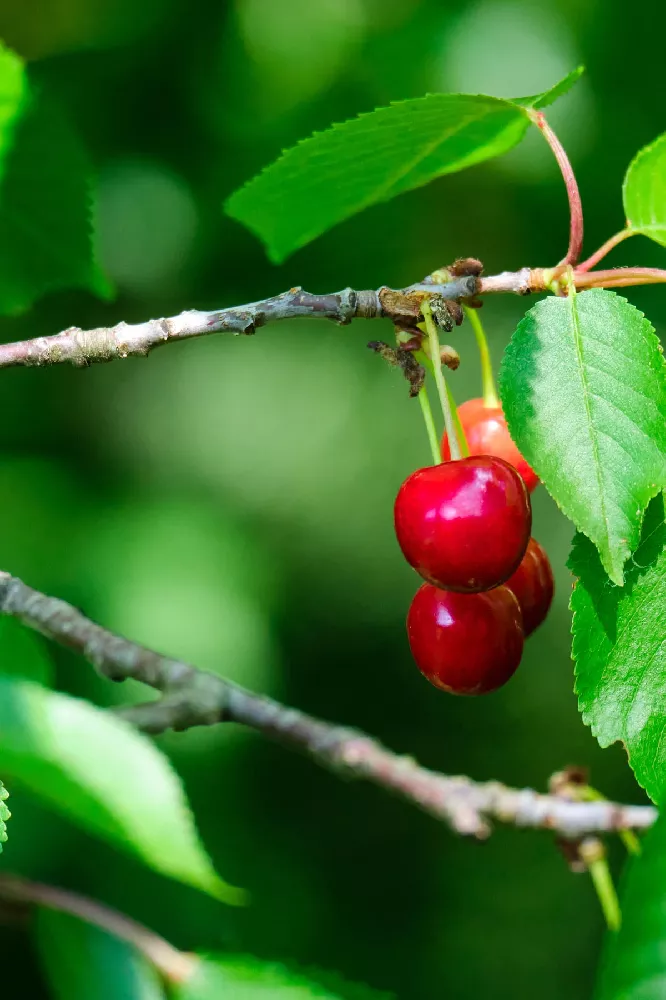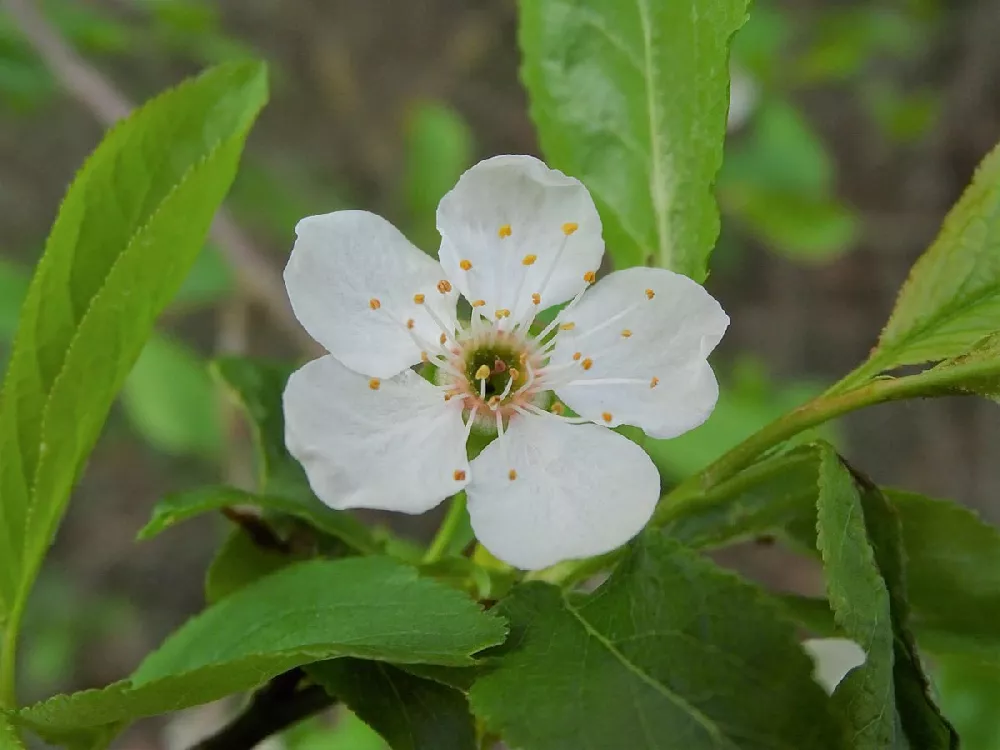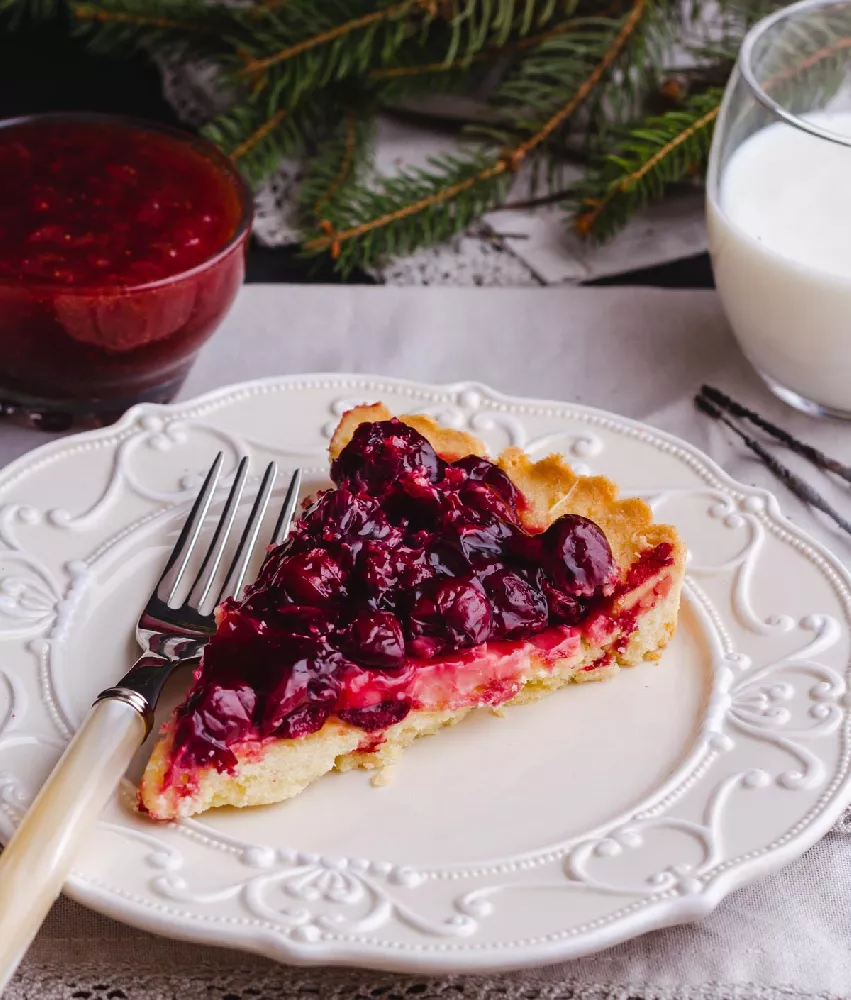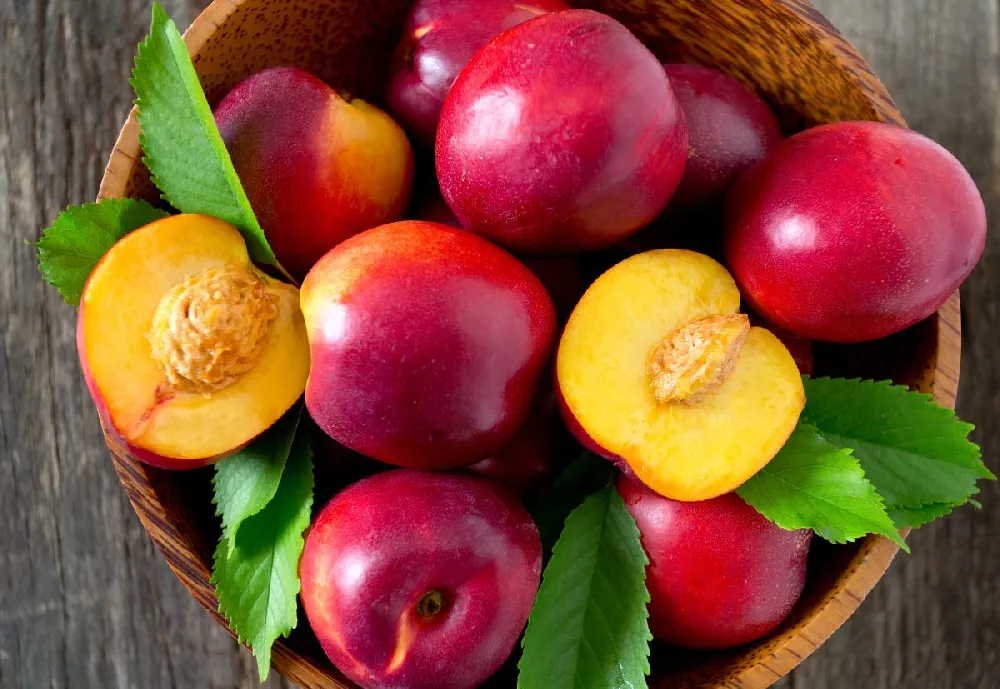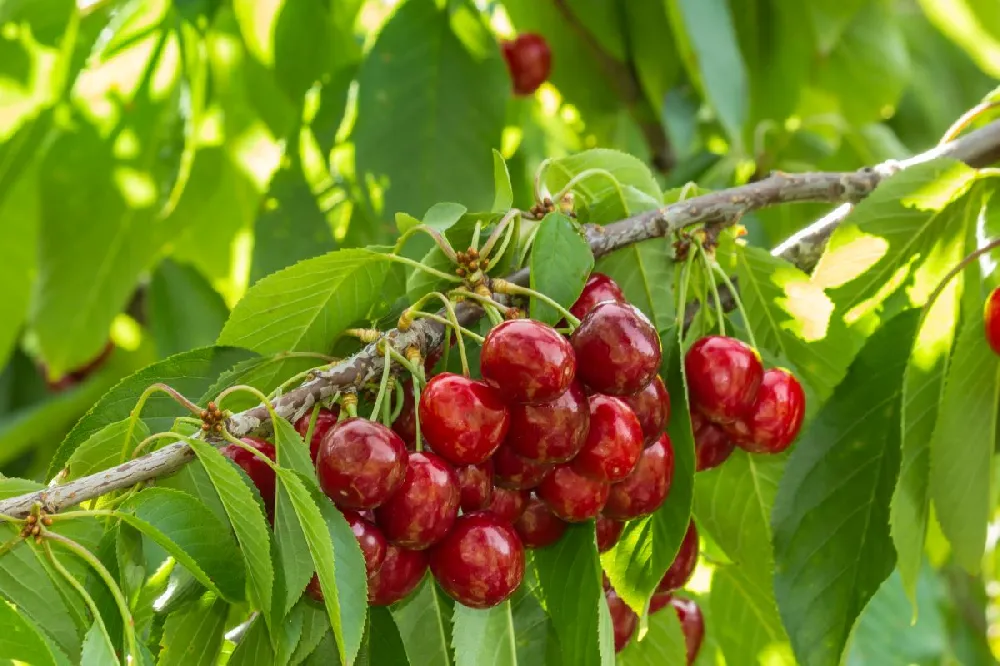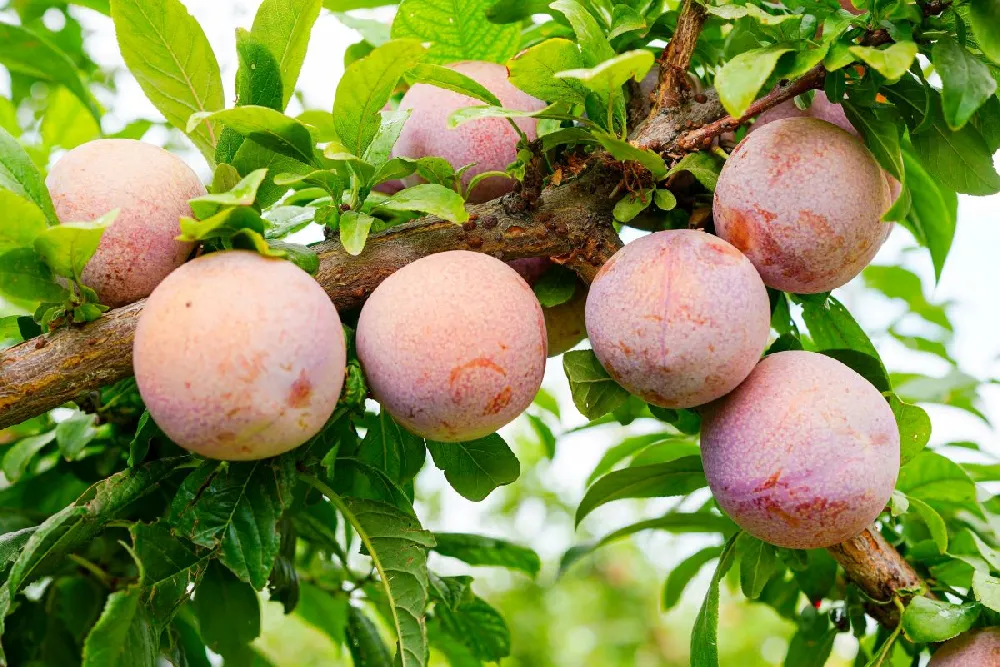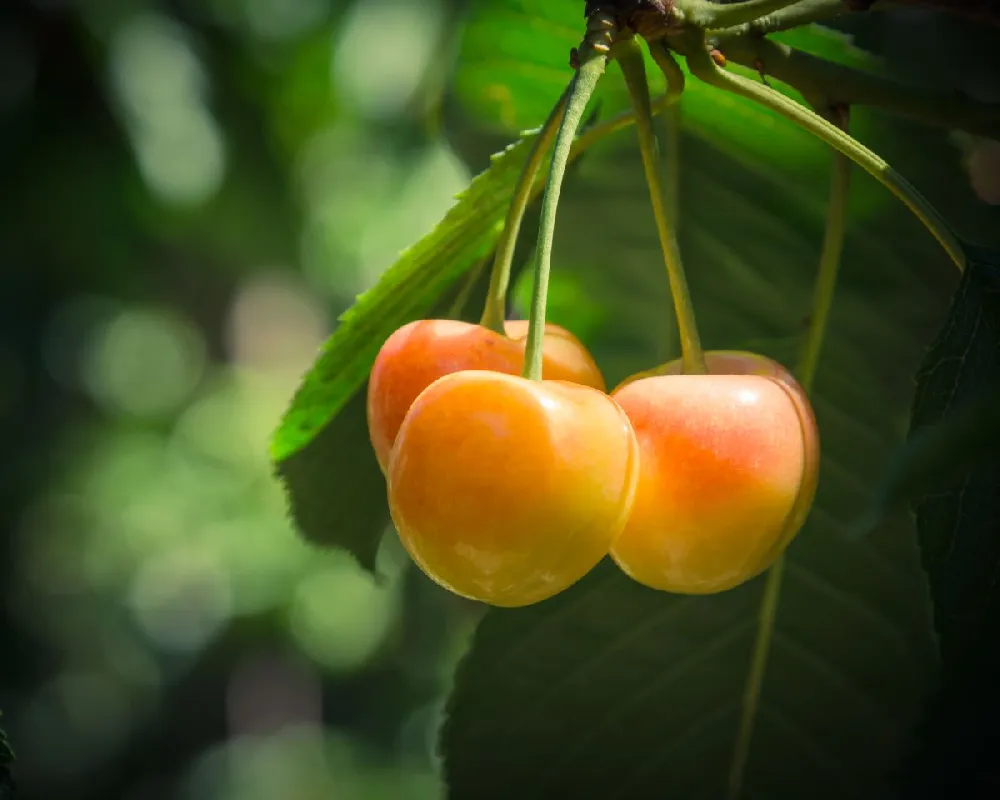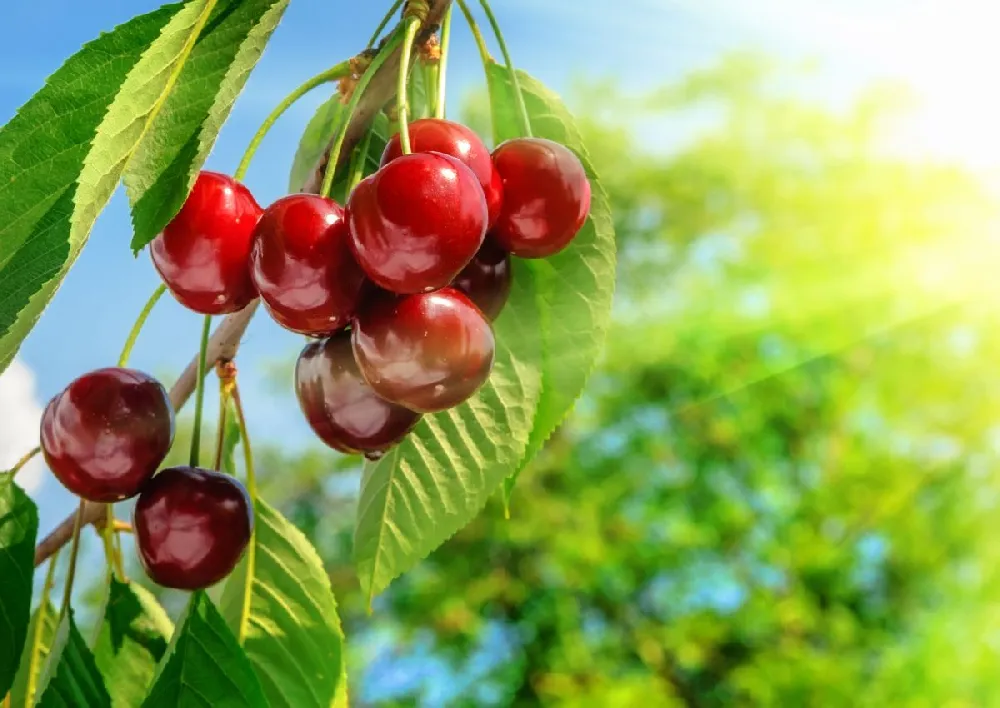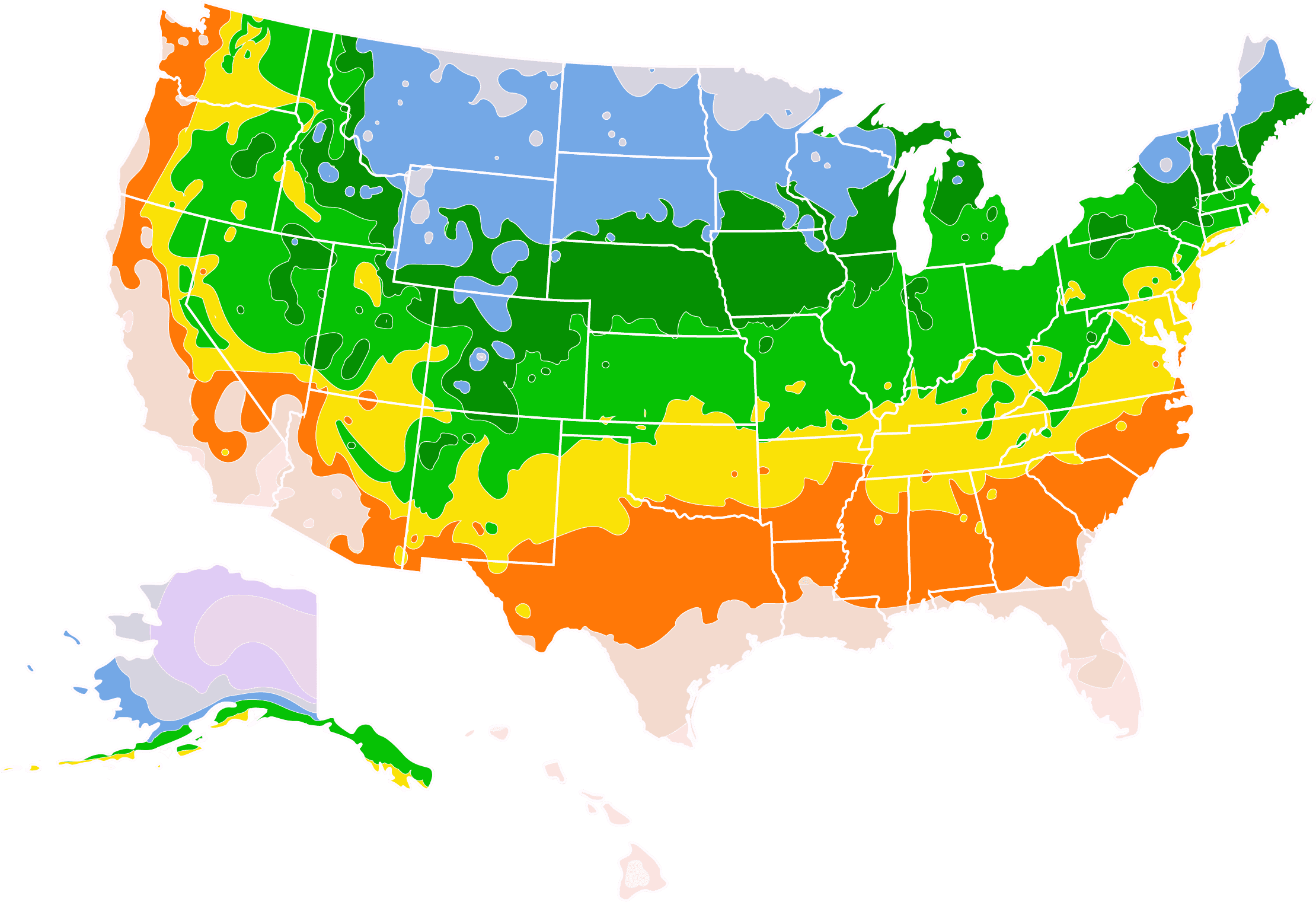- Home >
- Cherry Trees >
- North Star Cherry
North Star Cherry for Sale - Buying & Growing Guide
- Ships in 1-2 days
- 1-Year Warranty Eligible
- Pots or accessories are not included unless specified in the product options.
Shipping Details:
Once your order is shipped, you’ll receive an email with a tracking number and estimated delivery date. Most orders ship immediately, but some items are seasonal and may only ship in spring or fall. These products are noted on the website.
The North Star cherry tree is one of the most reliable and productive fruit tree cultivars that you can raise in your garden. In spring, this variety, known botanically as Prunus cerasus 'North Star', blooms by covering its branches with astounding white flowers. These flowers give way to a large cherry harvest in the middle of summer. The North Star cherry tree is a dwarf plant which can fit in many planting locations. It also adapts well to colder regions and resists some common cherry tree diseases.
- Fantastic cherry production preceded by brilliant white flowers.
- Moderate dwarf size gives flexibility when choosing a planting location.
- Cold-hardy and resistant to several diseases.
Plant Care
Sunlight

Grow your cherry tree in full sun settings with six hours of daily exposure or more.
Watering
Water established trees about once per week or once every two weeks during the growing season.
Fertilizing

Fertilize once in late winter with a fertilizer with relatively low amounts of nitrogen.
Planting and Care
Planting instructions
The North Star cherry tree adapts best to full sun locations that have loamy, well-draining soils. This tree will also do well when it experiences plenty of air circulation to prevent accumulations of mold and mildew. Since the North Star cherry is a dwarf cultivar, you won’t need to worry too much about it outgrowing its space. Once you select an area, dig a hole that is considerably wider than the root ball and about as deep as the root ball is tall. Place your tree in the hole and backfill with organically rich soil.
Watering and nutrients
Water your North Star cherry tree multiple times per week during the first few weeks following planting. Then reduce your watering to about once per week and maintain this frequency while the tree matures. Ensure that the soil drains well to avoid waterlogging and consider adding more water during hot spells and drought. Give your North Star cherry tree an annual dose of fertilizer in the late winter. When fertilizing, use a mix that is higher in phosphorus and potassium than nitrogen.
Pollination
During the spring season, the North Star cherry tree will produce copious amounts of lovely white flowers. These flowers will attract insect species, primarily honeybees, to conduct pollination. Since a single North Star cherry tree is self-pollinating, you won’t need a second plant to produce fruit. However, as is the case with most fruit trees, having a second North Star cherry tree will only help fruit production. Cross-pollination often leads to healthier fruits that appear in greater numbers.
Pruning
The best time to prune a North Star cherry tree is in the late winter, while it is still dormant but has plenty of growing energy stored up to use in the coming season. When pruning this tree, you should focus on removing suckers at the base and thinning the canopy to allow sunlight to reach all branches and promote ideal air circulation. Encourage strong branches that grow horizontally, rather than at a narrow angle to the trunk, as these branches are often the most capable of handling the weight of the fruit.
Pests, diseases, and animals
Compared to other popular cherry tree varieties, the North Star cherry tree stands out for its admirable resistance to common cherry diseases, including leaf spots and some types of rot. However, these trees remain vulnerable to some threats. Canker and crown gall can be an issue for the North Star cherry tree, as can several pest infestations, including aphids, fruit flies, and scale. Occasionally, powdery mildew and leaf scorch can be prevalent issues as well for this small tree.
Harvesting
After a few years of healthy growth, a North Star cherry tree will begin producing tart fruits that are enjoyable raw and can be the main ingredient in many baked dishes. These cherries will be bright red and over half an inch in diameter when ready for harvest. Harvest time typically occurs in the early to mid-summer months. If you don’t intend to use your cherries immediately, leave the stem attached as you harvest them, as this will help them keep longer.
Achieving maximum results
While most people are concerned about their climate being too cold to allow a cherry tree to survive, this is not an issue with the North Star cherry tree. In fact, the North Star cherry tree must experience a prolonged cold period in order to produce the flower buds that eventually lead to harvest. During harvest, you may need to protect your plants or harvest them quickly — birds will be keen on eating them before you have a chance to.
FAQs
How large does a North Star cherry tree grow?
The moderate size of a North Star cherry tree is one of its main selling points. This dwarf cultivar grows to be about 12 feet tall at most. It develops with a vase-like shape that creates a spread that can be about 10 to 12 feet. However, the actual size of your North Star cherry tree will depend on how well you care for it and how you choose to prune it, which you can do to alter both the shape and size of this plant.
What does a North Star cherry taste like?
North Star cherry trees produce a tart cherry fruit with a flavor similar to that of a cranberry. While this fruit is tart, it remains an enjoyable treat in its raw form. However, the uses for a North Star cherry do not end there. These cherries are an excellent addition to pies and jams as well. As such, the many fruits that your North Star cherry tree produces give you plenty of opportunities to experiment with them in the kitchen.
When was the North Star cherry cultivar created?
The North Star cherry tree cultivar came into being in the year 1950. The University of Montana introduced this variety as one that can stand up to both cold weather and some of the many diseases that can attack a cherry tree. This plant has also been bred to have a smaller size and produce more fruits than many other types of cherry trees.
Compare Similar Products
Customer Reviews
 north star cherry
north star cherryvery please with package plant had a lot of leaf
 Cherry trees
Cherry treesBroke up when I received them 2 of them anyway but I cut them back a little but the others were good
 Great!
Great!Shipped well and in a timely manner. Pleased with the tree so far!
 So Far so good
So Far so goodHi I received the tree in great condition . Its planted and I am anticipating the bloom.
You can't add more Product Name - Product size to the cart.
OK